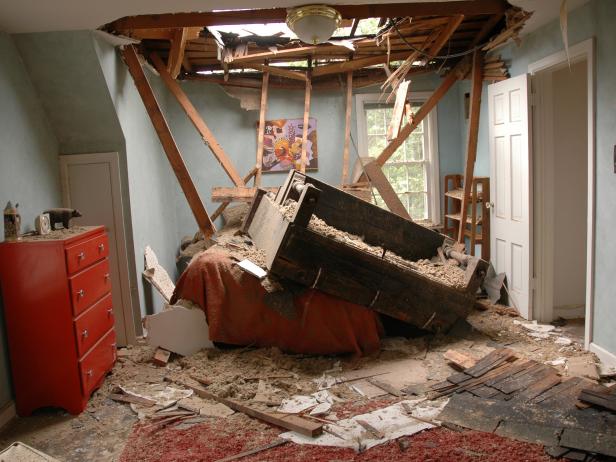Property owners install roofing designs to provide a barrier of protection for their homes. If the barrier is breached, the property is vulnerable to underlying damage, and the owners end up dealing with a lot of losses.
A failure to complete repairs whenever there’re damages increases the odds of building code violations and health risks. The most prevailing consequence of failing to complete the repairs is facing the cost of a new roof replacement. In addition to that, you might also be forced to re-do your roofing job from scratch. However, these aren’t the only repercussion of delayed repairs. Property owners who need more information read the three consequences of failing to repair your roof in time.

1. Mold Developments Through the Property
Mold developments occur due to puddled water and moisture underneath the roofing materials. When the roof has been damaged for an extended period, mold travels further beyond the sub-roofing. The main factors that encourage the growth of mold include a weak sub-roofing, damaged attic, and leaks in the ceiling.
If your roof has these characteristics, then it’s a matter of time before you start dealing with mold-related problems. Therefore, it would be prudent to schedule repairs, regardless of how minor they might seem.
When mold developments occur, property insurance doesn’t cover the costs of remediation every time. Clauses in the homeowner’s insurance policy restrict access to funds if the development of this issue has been present for a longer duration. Unfortunately, the circumstances could prevent the coverage altogether, and the owner might be forced to dig deeper into their pockets to finance the repairs and mold remediation services.
The good news is that you can avoid this problem when you implement precautionary measures. If you’re not sure where to start, you can read some successful home improvement blogs to understand various mold signs that every homeowner should look out for.
2. Creating Premises Liabilities for the Owner
Creating premises liabilities for the owner increases the odds of an accident and lawsuit. If the roofing is too far gone, the roofing contractor and their workers are at risk. Waiting too long for the repairs places the service providers at a greater risk of injuries, and the homeowner could face liabilities if any of the workers sustain injuries.
The same is true if the roofing causes property damage in areas where utility workers or visitors go inside or around the property. For instance, if there is a loose material and it happens to fall on one of your workers, then you’ll be liable for any injuries inflicted on the person. The law also demands that you cater for other related losses.
Usually, the claimant is at an advantage because it’s the responsibility of the homeowner to ensure that the minimum structural standards are met. Basically, it’s upon you to know when it’s time to repair or replace your roofing materials. Therefore, if you happen to be the one being charged, you could face serious financial losses.
3. Access Point for Pest Infestations
Damaged roofing leads to severe pest infestation and further property damage. Once pests get under the roofing into underlying areas, the pest infestation spreads. Holes in the roofing, ceiling, walls, or attic give pests an access point to cause massive destruction in the home and generate serious expenses for the owner. Homeowners should inspect their roofing at regular intervals to lower related risks.
Also Read: How to Deal with Bed Bugs
Preventing pest infestations helps owners avoid further costs related to exterminating the pests. Insurance claims won’t present coverage for damage related to pest infestations if the conditions were present for several months. The logic here is that the damages caused were due to the homeowner’s negligence since pest infestation can and should be managed at the early stages.
Insurance coverage, however, is available for some repairs, provided that the owner acts quickly. But if you delay the process, you could end up breaking your bank account just to enhance the extermination process.
Conclusion
Property owners who don’t act quickly after their roof is damaged face dire circumstances. First, there is a profound risk of mold developments that travel throughout the property. Next, the creation of hazards inside and around the property places service providers and visitors at risk. Finally, pest infestations are common risks related to damaged roofing that generates higher expenses for the owner.